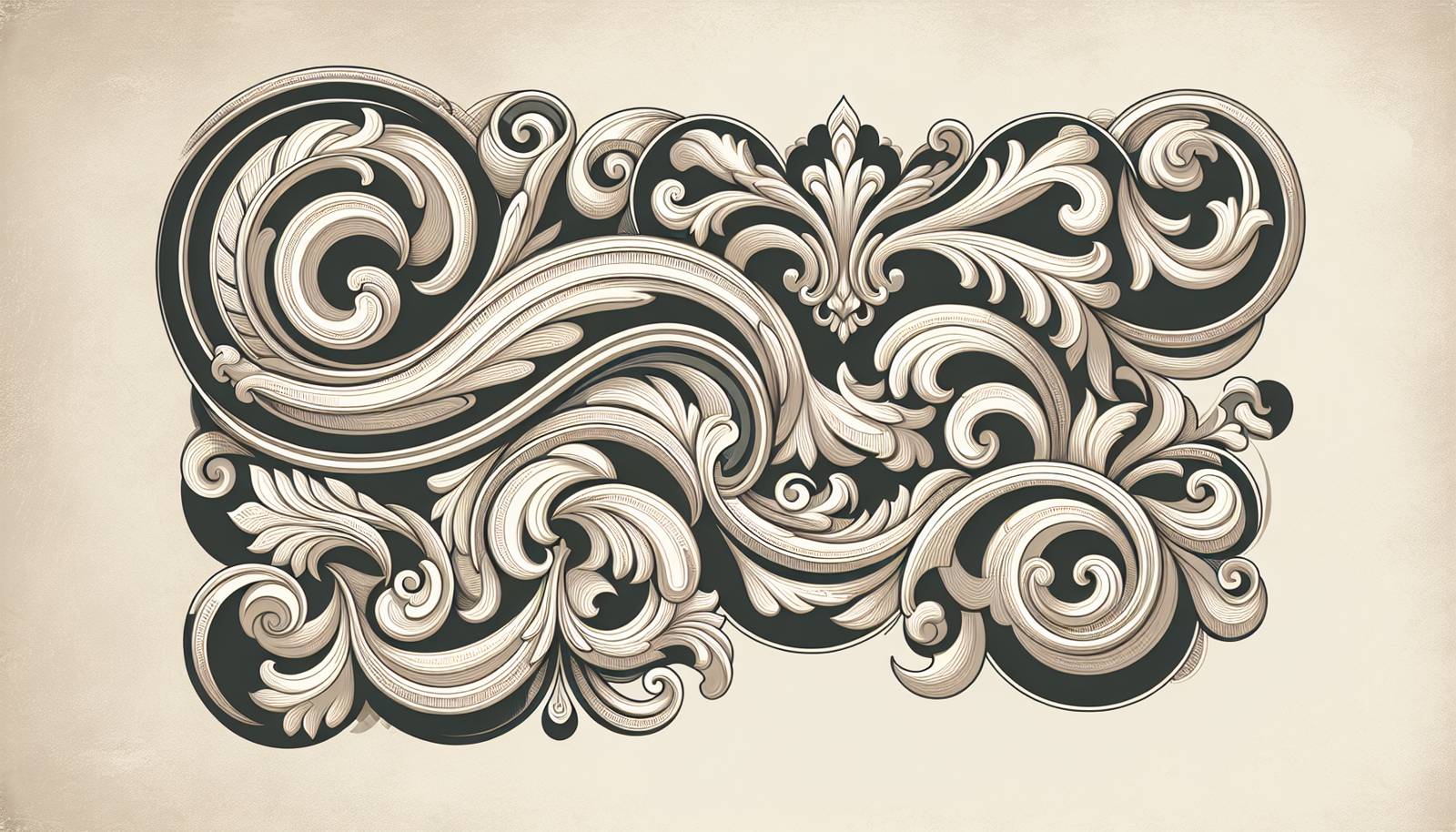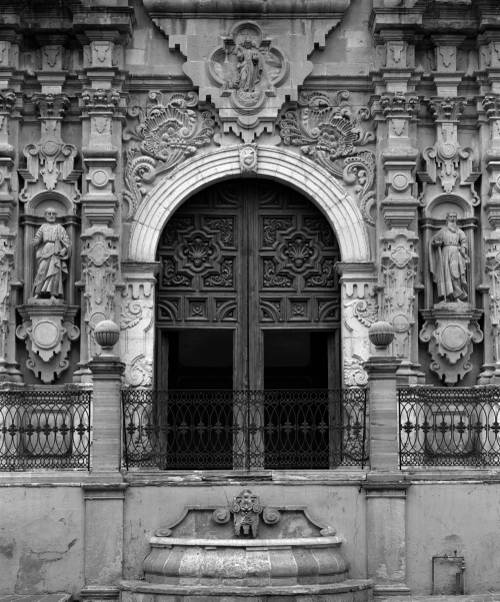
FAQ About The Influence of Baroque Architecture on Modern Design

What is Baroque architecture?
Baroque architecture is a highly decorative and theatrical style that emerged in Italy in the late 16th century and spread across Europe during the 17th and 18th centuries. It is characterized by bold forms, curves, elaborate ornamentation, and a sense of movement and grandeur. This architecture aimed to evoke emotion and create awe-inspiring spaces.

How has Baroque architecture influenced modern design?
Modern design has drawn inspiration from Baroque architecture in various ways, including its use of dramatic forms and elaborate details. While modern design often emphasizes minimalism, Baroque's influence can be seen in the playful incorporation of curves, intricate patterns, and the bold use of space. The blend of functionality with ornate aesthetics in Baroque architecture has inspired contemporary architects to explore bold and dynamic designs.

Can you give examples of modern buildings influenced by Baroque architecture?
Several modern buildings exhibit Baroque influences, such as the Walt Disney Concert Hall in Los Angeles designed by Frank Gehry. This building features dynamic curves and a complex structure reminiscent of Baroque's expressive forms. Similarly, Zaha Hadid's work often incorporates sweeping curves and dramatic lines that echo the grandeur and fluidity of Baroque design.

In what ways do Baroque elements appear in modern interior design?
In modern interior design, Baroque elements are evident in the use of rich textures, bold colors, and intricate details, such as elaborate moldings and decorative light fixtures. Modern designers may integrate these elements to add a sense of drama and luxury to contemporary spaces, blending historical grandeur with modern aesthetic sensibilities.

Why did Baroque architecture emphasize grandeur and drama?
Baroque architecture emphasized grandeur and drama as part of the Counter-Reformation efforts by the Catholic Church to convey religious power and influence. The intention was to create inspiring and emotionally engaging spaces that would attract worshippers and showcase the church's wealth and authority. This approach spread to secular buildings, where it was used to demonstrate the power and opulence of the state or individual patrons.

How did Baroque architecture differ from Renaissance architecture?
While both Baroque and Renaissance architecture share elements of classical antiquity, they differ significantly in style and intent. Renaissance architecture focused on harmony, proportion, and balance, drawing heavily on the symmetry and simplicity of classical Greek and Roman designs. In contrast, Baroque architecture is more dynamic and expressive, characterized by its use of movement, curves, and elaborate ornamentation to create a more theatrical and emotional experience.

What are some common motifs in Baroque architecture?
Common motifs in Baroque architecture include large-scale sculptures, dramatic use of light and shadow, opulent decorations, and curved forms such as oval or elliptical shapes in building layouts. Additionally, Baroque buildings often feature powerful central projections, grand staircases, and the frequent use of columns and pilasters to add a sense of depth and movement.

How does Baroque architecture impact urban design?
Baroque architecture has impacted urban design through its grand scale and carefully planned layouts, which often included vast parks, squares, and avenues radiating from focal points like churches or palaces. This approach to urban planning has inspired modern city layout designs, emphasizing sightlines, vistas, and the integration of artistic and architectural elements to create aesthetically pleasing and functional public spaces.

Do Baroque architectural principles contribute to sustainable design?
Baroque architectural principles, such as the emphasis on natural light and the thoughtful arrangement of spaces, can contribute to sustainable design. Modern architects can draw on these principles to enhance energy efficiency through the strategic placement of windows and the use of natural ventilation, though Baroque's lavish use of resources contrasts with the frugality often sought in sustainable design today.

What are some technological advances in modern design influenced by Baroque architecture?
Technological advances in modern design influenced by Baroque architecture include innovations in construction techniques that allow for the creation of complex, curvilinear forms inspired by Baroque aesthetics. The use of computer-aided design (CAD) has enabled architects to experiment with dynamic shapes and intricate patterns that were once difficult to construct, echoing the ornate detailing and ambitious forms of Baroque structures.

Has Baroque architecture influenced contemporary art forms?
Baroque architecture has influenced contemporary art forms by inspiring artists and designers to incorporate dramatic effects, ornate details, and emotional intensity into their works. This can be seen in various mediums, ranging from painting and sculpture to film and digital art, where the grandiose and theatrical elements of Baroque style continue to be celebrated and reinterpreted.

What role does symmetry play in Baroque architecture compared to modern design?
Symmetry in Baroque architecture is often more dramatic and embellished than in modern design. While Baroque structures use symmetry to create balance, they also incorporate dynamic and asymmetrical elements to evoke motion and energy. Modern design tends to use symmetry more subtly, prioritizing clean lines and functional simplicity, yet can still draw inspiration from the Baroque emphasis on visual harmony and order.

How do modern architects balance Baroque inspiration with contemporary design principles?
Modern architects balance Baroque inspiration with contemporary design principles by selectively incorporating Baroque elements such as bold forms, dynamic spaces, and intricate details, while adhering to modern preferences for minimalism, technology, and environmental efficiency. This harmony allows them to create innovative designs that celebrate historic grandeur while addressing current architectural trends and necessities.

Are there any famous designers known for integrating Baroque elements in their modern works?
Famous designers known for integrating Baroque elements in their modern works include Frank Gehry and Zaha Hadid. Gehry's fluid and sculptural designs, like the Guggenheim Museum Bilbao, reflect Baroque's dynamic forms, while Hadid's innovative and futuristic projects often incorporate dramatic lines and spatial fluidity reminiscent of Baroque architecture.

What regions of the world are most influenced by Baroque design in their modern architecture?
Regions of the world most influenced by Baroque design in their modern architecture include Europe, particularly Italy, Spain, and France, where Baroque architecture originally flourished. Additionally, Latin America, with its rich colonial history, exhibits Baroque influences in both historic and modern buildings, blending traditional styles with contemporary architectural trends.

How does lighting design in modern spaces reflect Baroque influences?
Lighting design in modern spaces reflects Baroque influences through the strategic use of light to enhance moods and create dramatic effects. Modern designers often incorporate intricate chandeliers, cove lighting, and spotlights that draw attention to architectural details or create a sense of depth, echoing Baroque's mastery of light and shadow to sculpt space and evoke emotion.

What are some criticisms of using Baroque influence in modern architecture?
Criticisms of using Baroque influence in modern architecture include the potential for over-ornamentation, which can lead to spaces that feel excessive or lack practicality. Some critics argue that the lavish use of resources and visually complex themes can go against the minimalist and sustainable focus of contemporary design, resulting in environments that prioritize form over function.

How have digital design tools enhanced the integration of Baroque elements in modern architecture?
Digital design tools, such as computer-aided design (CAD) software, have enhanced the integration of Baroque elements in modern architecture by allowing architects to experiment with complex shapes and detailed ornamentation. These tools facilitate the precise design and modeling of intricate forms, enabling the realization of ambitious projects that draw inspiration from the expressive and ornate nature of Baroque architecture.

Has Baroque architecture influenced the design of public spaces?
Baroque architecture has influenced the design of public spaces through its emphasis on grand plazas, open vistas, and ceremonial approaches. Modern public spaces often draw from these aspects, using wide boulevards, axial alignments, and monumental scale to create impactful, socially engaging environments that facilitate movement and interaction among people.

What are some modern furniture designs that show Baroque influence?
Modern furniture designs that show Baroque influence often incorporate elaborate carvings, luxurious materials, and bold forms reminiscent of historical pieces. Contemporary designers may use Baroque motifs such as scrolling details, richly upholstered surfaces, and metallic accents to add a touch of elegance and drama to modern interiors, blending nostalgia with current trends.
